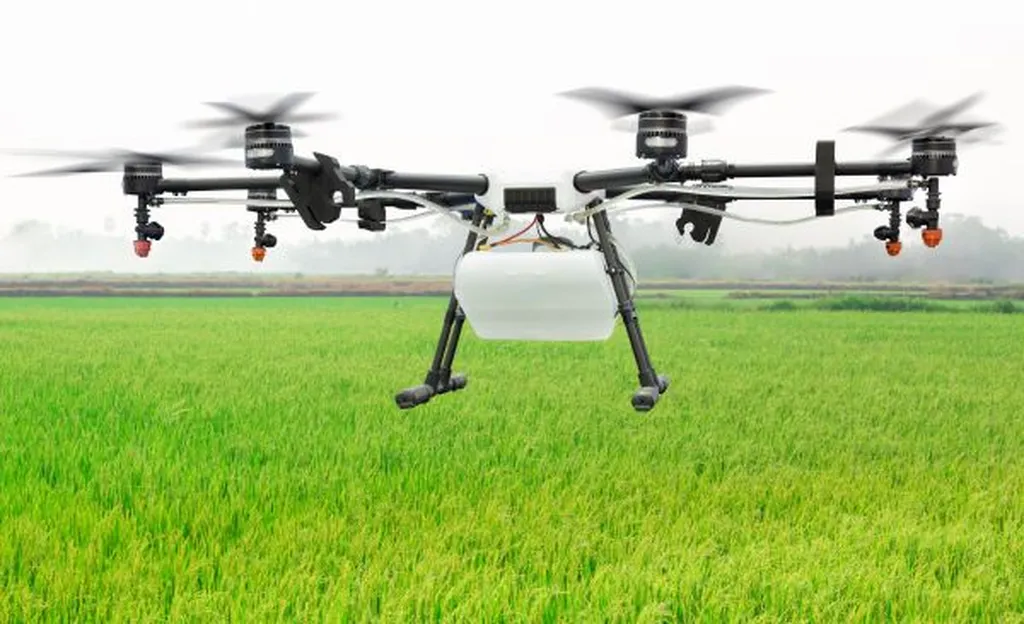In the heart of Tunisia, researchers are soaring to new heights in agricultural technology, and their work could soon revolutionize energy management in farming. Ayman Massaoudi, a researcher at the Mediatron Laboratory of the Higher School of Communications at Carthage University, is at the forefront of this innovation. His latest study, published in the journal Access, published by the Institute of Electrical and Electronics Engineers, explores how Unmanned Aerial Vehicles (UAVs) can be optimized for precision agriculture, with significant implications for the energy sector.
Massaoudi’s research focuses on the integration of UAVs into what’s being called Agriculture 5.0, a concept that leverages cutting-edge technologies to create smarter, more sustainable farming systems. “The idea is to use UAVs for real-time data collection, analysis, and decision-making,” Massaoudi explains. “This can greatly boost farming practices and contribute to achieving Sustainable Development Goals.”
However, UAVs face significant challenges, including computing power, throughput, real-time delay, and battery capacity. To address these, Massaoudi and his team propose deploying 6G’s Massive MIMO (Multiple Input Multiple Output) technology within a three-layered architecture for UAV-based smart agricultural systems. This technology promises to enhance network design, power management, and communication technologies.
The crux of their study lies in optimizing power allocation for both downlink and uplink transmissions. “We aim to maximize throughput while ensuring fairness among different terminals,” Massaoudi states. To achieve this, they developed two downlink algorithms: a fairness-based algorithm (DFA) that optimizes the throughput of the weakest IoT terminal in the network, and a hybrid algorithm (DHA) that balances throughput and fairness among IoT terminals. Additionally, they employed an uplink heuristic power control algorithm (UHPCA) to determine the optimal power allocation.
The results are promising. The proposed allocation algorithms achieve a better trade-off between throughput and fairness compared to conventional power allocation strategies. This could lead to more efficient energy use in agricultural systems, reducing waste and lowering operational costs.
So, how might this research shape future developments? The integration of 6G technology and advanced power allocation algorithms could pave the way for more sustainable and efficient farming practices. It could also inspire similar innovations in other sectors, such as energy management in smart cities or industrial automation.
As Massaoudi puts it, “The potential is immense. By optimizing power allocation in UAV-based systems, we can create more efficient, sustainable, and fair energy distribution networks.” This research is a testament to the power of innovation in driving progress, and it’s a story that’s just beginning to unfold.

